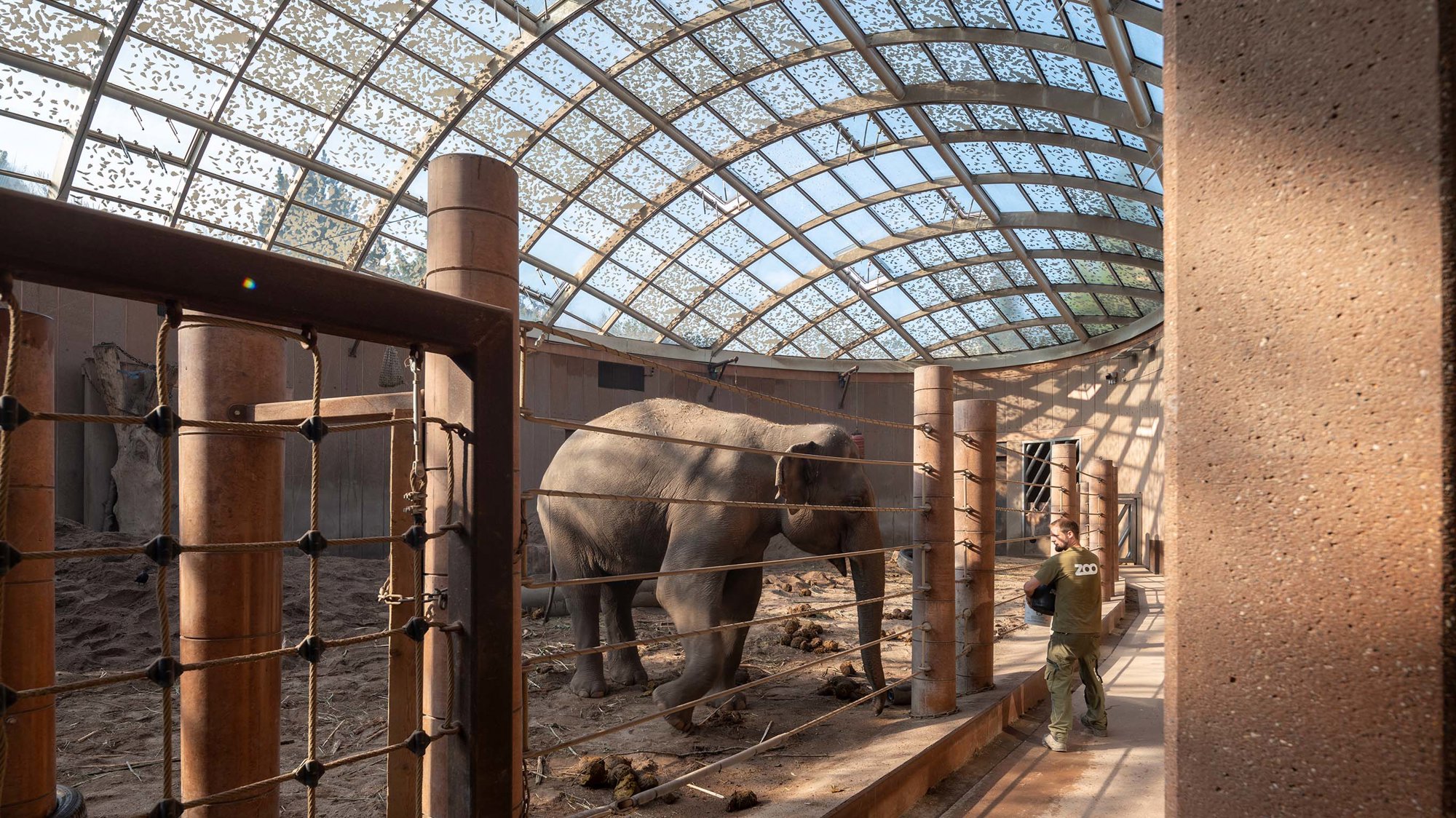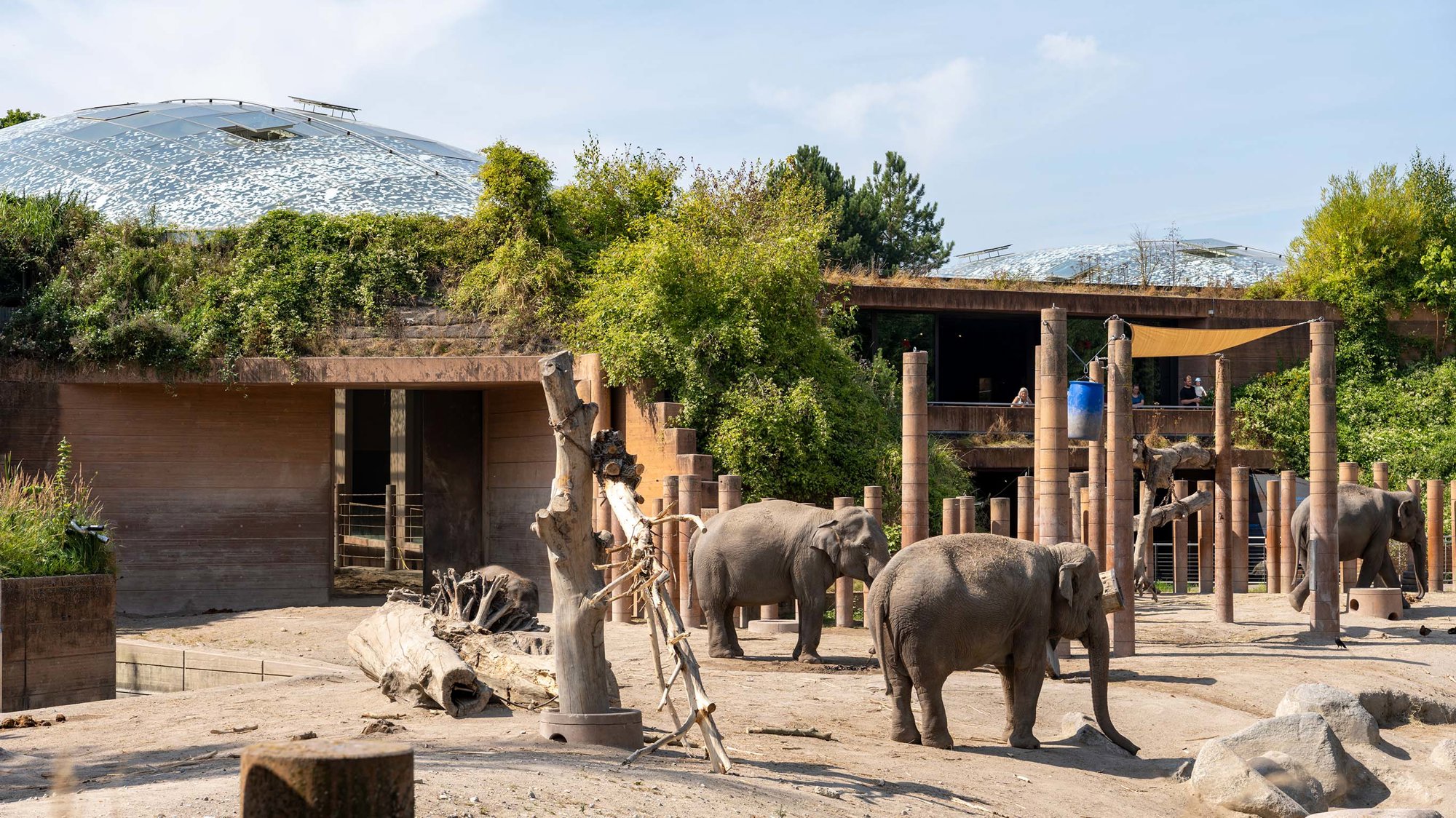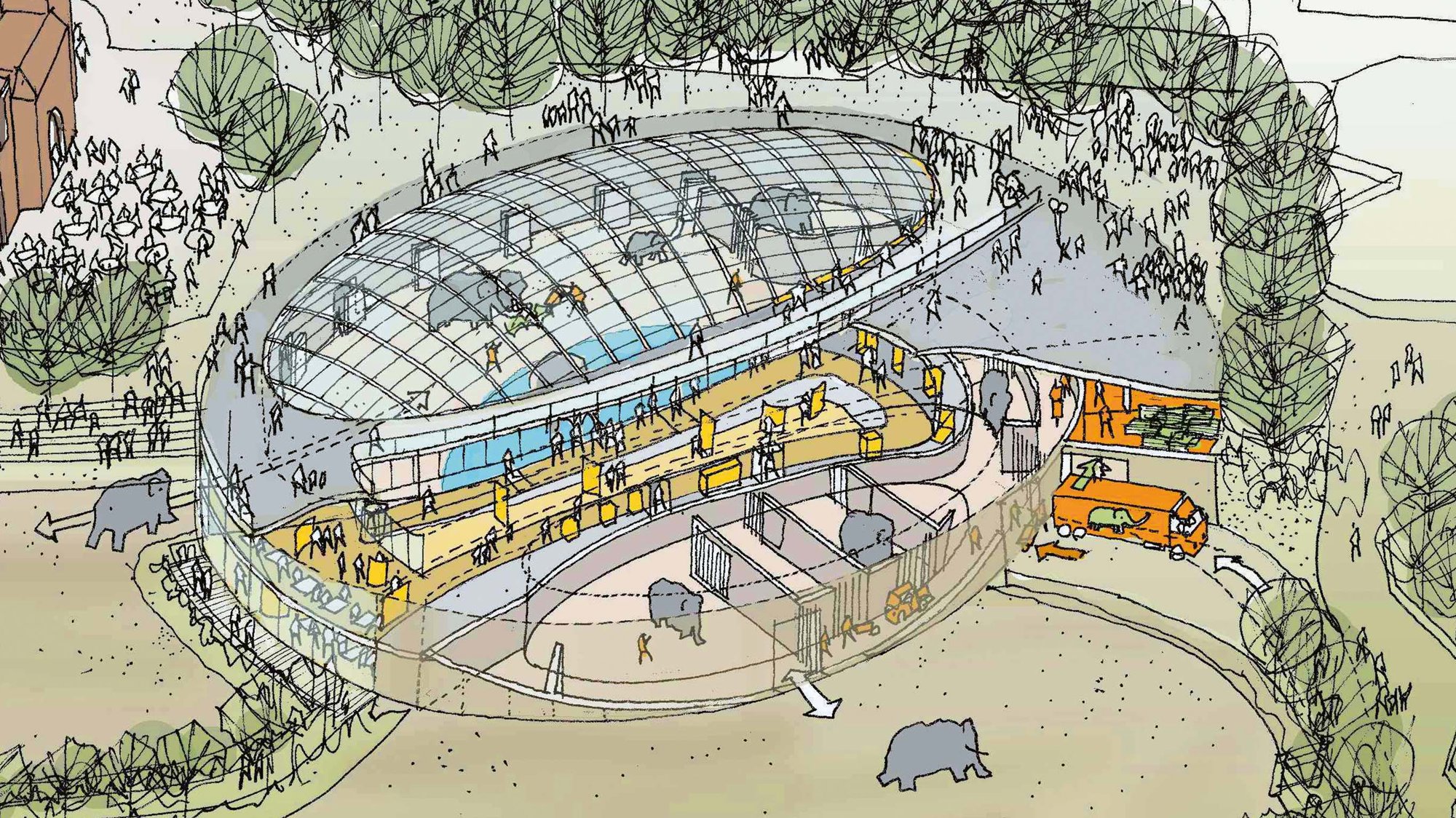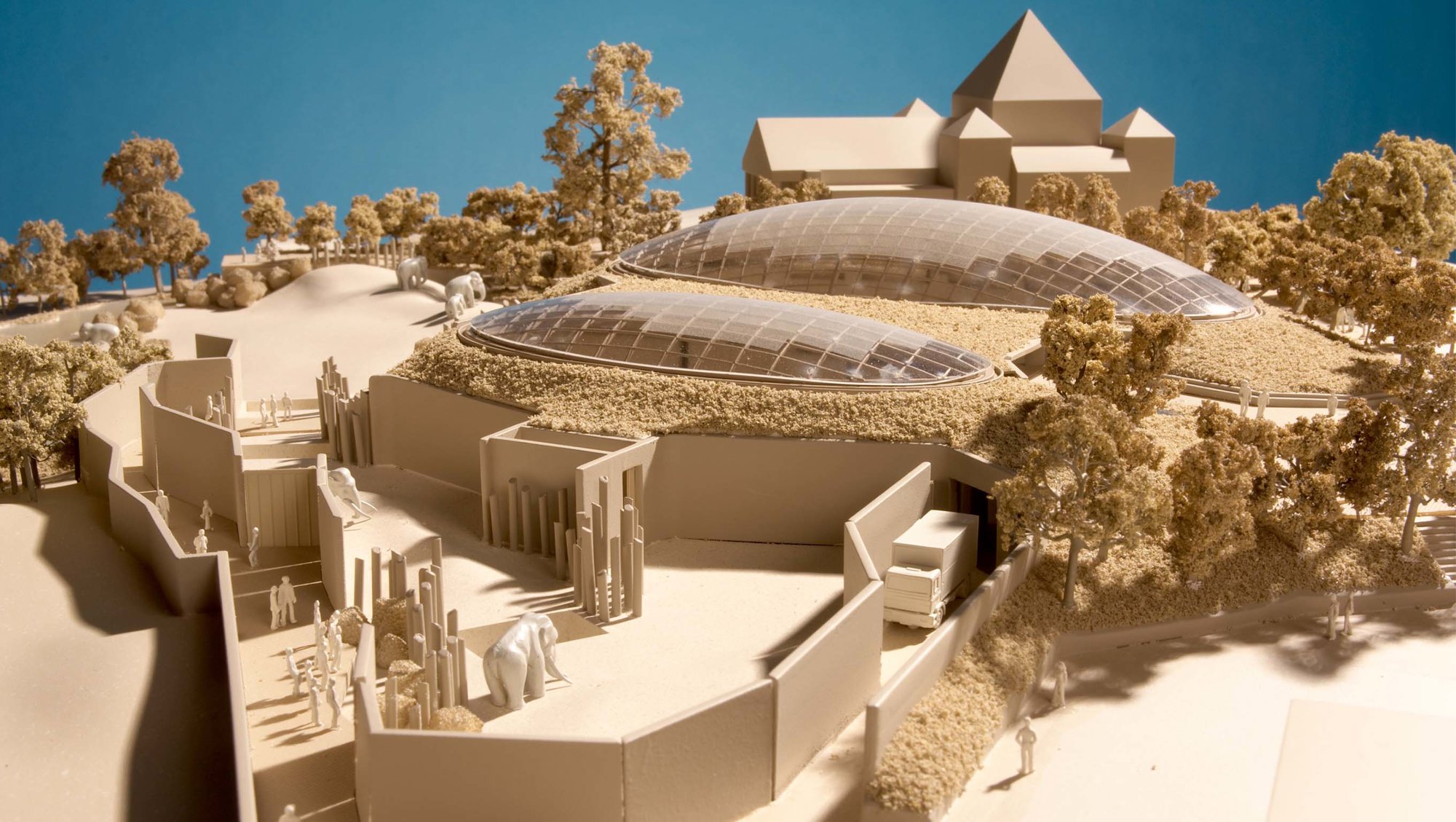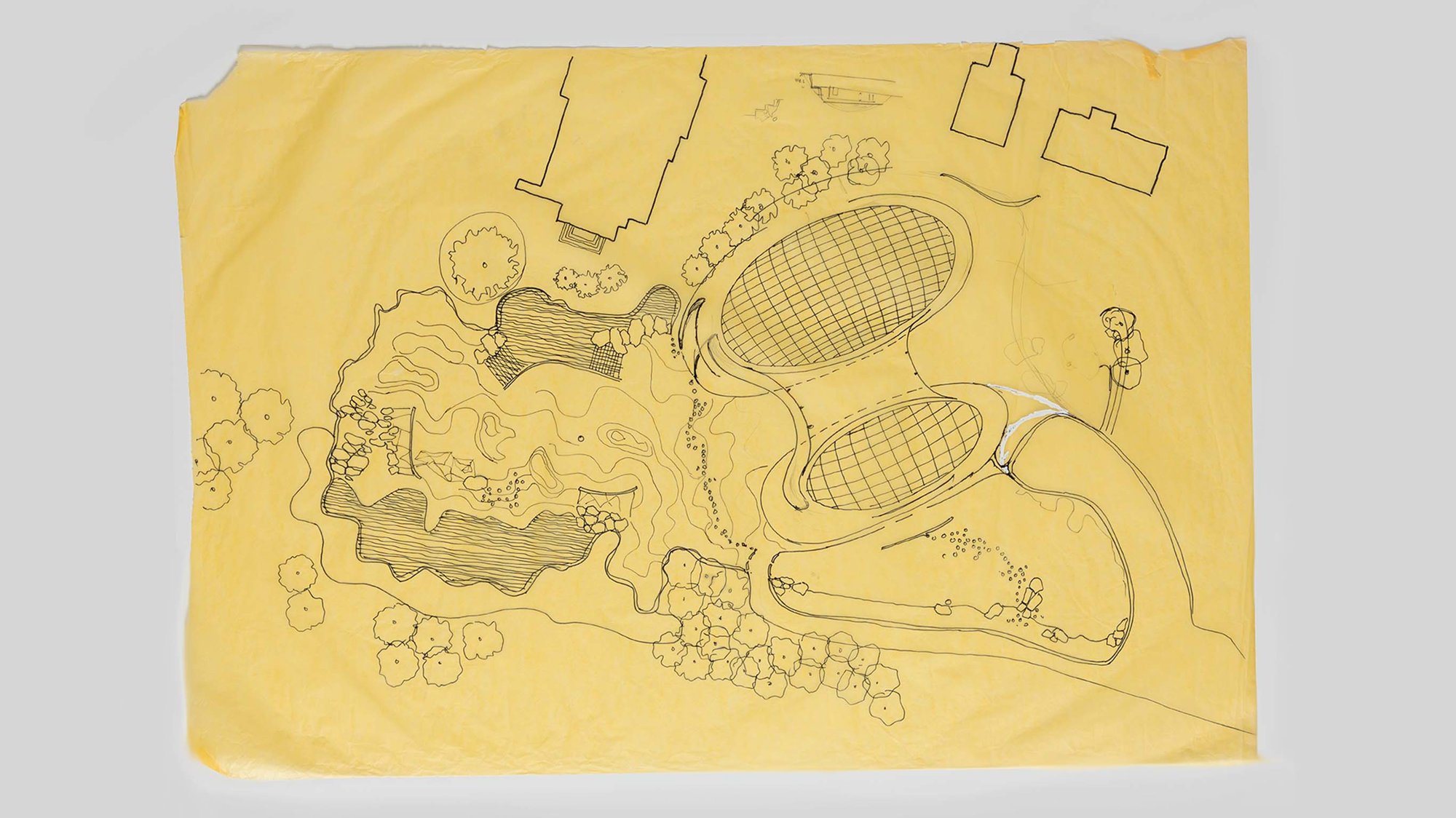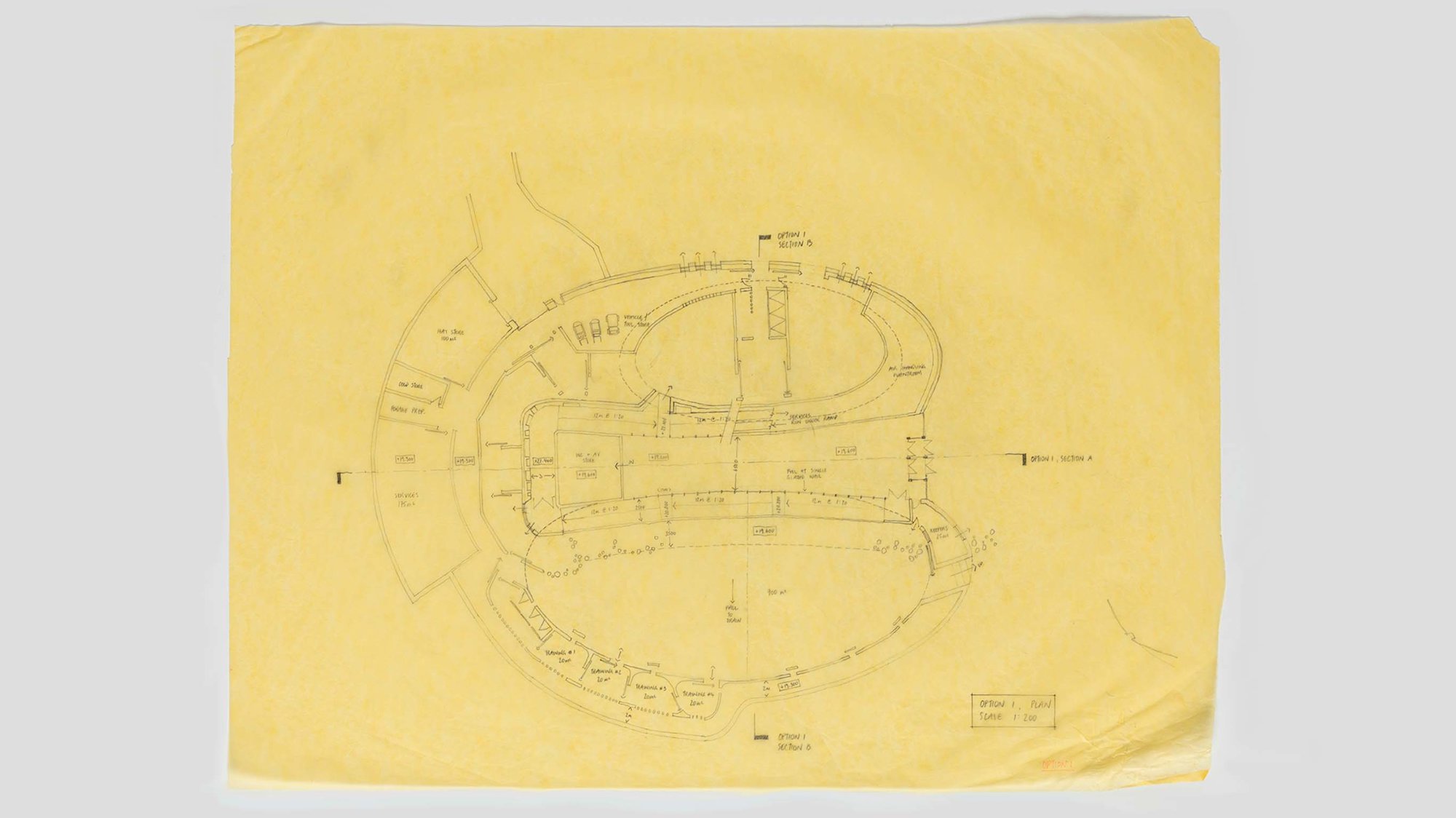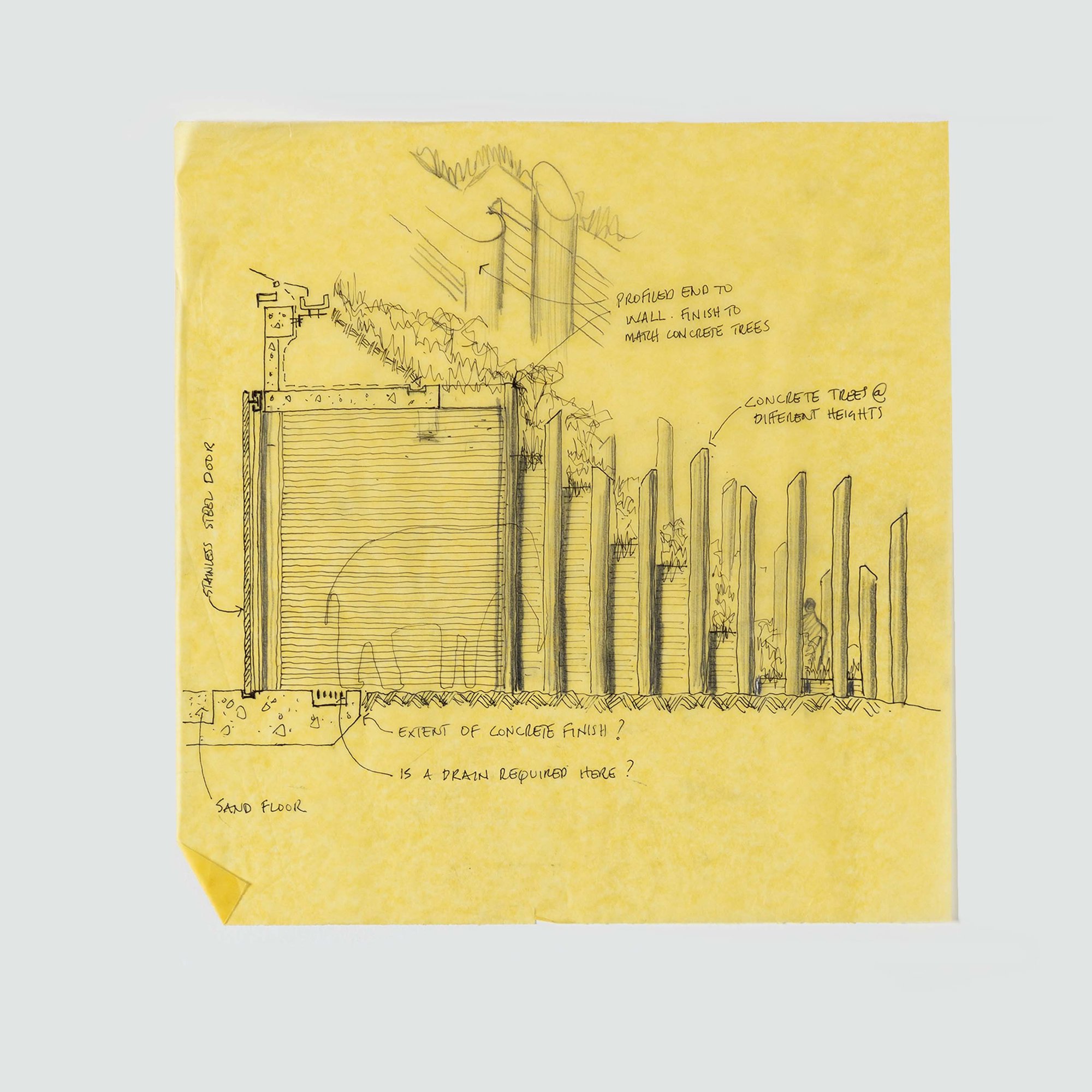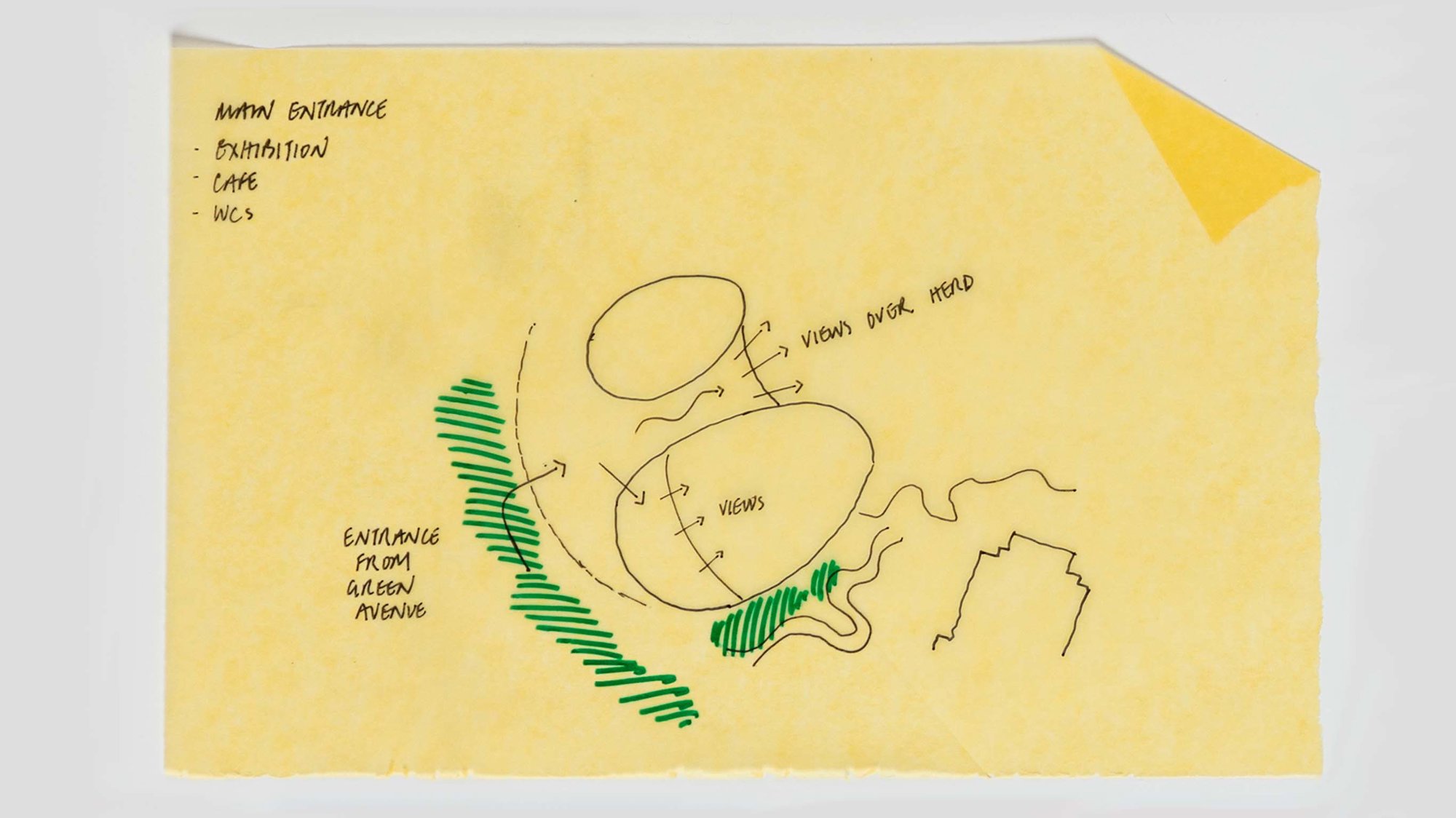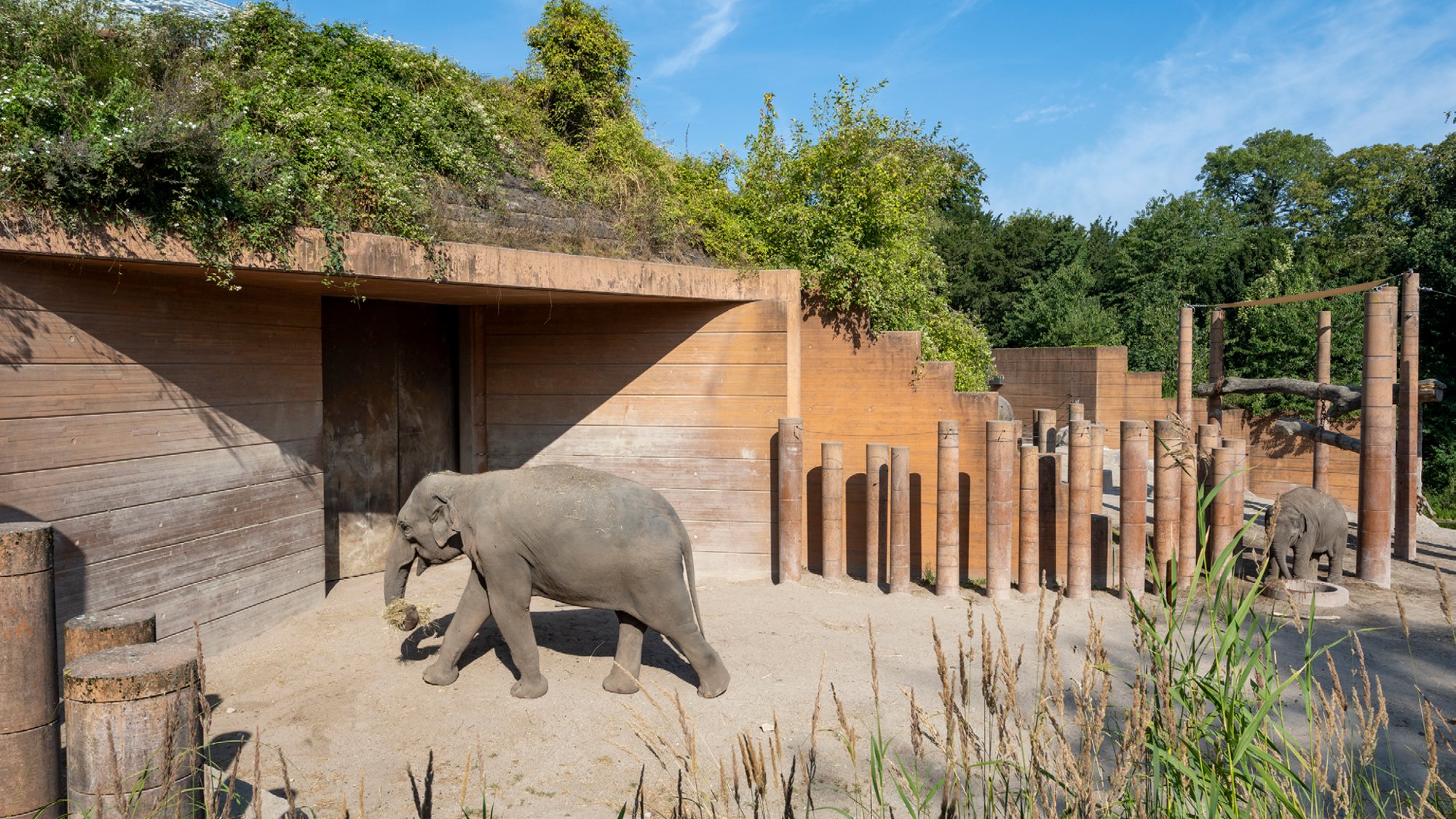The Making of… is an opportunity to reflect on Foster + Partners’ completed projects - and the process of making them.
This month, the practice is celebrating 15 years since the completion of Elephant House at Copenhagen Zoo. The building provides the elephants with a healthy, stimulating environment and creates easily accessible spaces from which visitors can see and enjoy them.
Armstrong Yakubu is a Senior Partner at Foster + Partners, who worked on Elephant House. Armstrong talks about the unique design and construction process, from beginning to end.
Back in 2001, Copenhagen Zoo’s Managing Director, Lars Lunding Andersen, visited the British Museum in London. We had just completed the Great Court, which took one of London’s long-lost spaces and reinvented it as a major new public square, sheltered beneath a glass canopy. Inspired by our addition to the museum - which connects the inside and outside and lets in large quantities of natural light - the client had a vision for the zoo’s new Elephant House. He invited us to visit the site, and that’s when the design process began.
Our Art Director, Narinder Sagoo, travelled to Copenhagen and stayed in the zoo’s accommodation, to ask questions, record his findings and start sketching. Following that trip, we came up with the idea of the two glazed enclosures - one for the bull elephants and another for the cows and calves - to reflect the way that elephants live in the wild. We also started to think about how we wanted people to use the space and encounter the elephants for the first time. Our ambition was to create a truly immersive experience for the zoo’s visitors, while prioritising the elephants’ wellbeing.
Our initial sketches and early models were used to help raise funds for the new building. Once the zoo had achieved their fundraising targets, we were then asked to take our designs to the next level.
During the second phase of the project, we had to think about the technicalities of designing a space for these magnificent animals. The building had to take on board their strength and intelligence, while optimising health and comfort. We worked with the mechanical engineers, Rambøll, and the structural engineers, Buro Happold, to design an ‘elephant proof’ structure. The building has excessively high loads and thick walls, which also help with insulation during the cold Copenhagen winters.
Of course, creating an elephant house and outdoor enclosure required close dialogue with zoologists and zookeepers. In 2002, staff at the zoo spent six months writing a detailed programme which described the necessities for the new building. The following conversations with the zookeepers informed our decision to fill the herd stable with soft sand - to make the space as comfortable as possible for the elephants and replicate their natural habitat.
Working with the landscape architects, Stig L Andersson, we also designed a large paddock which recreates a section of dry riverbed as found at the edge of the rainforest - a favourite haunt of Asian elephants. With its mud holes, pools and shading objects, it is a place where the animals are able to play and interact freely. Landscaping flows between the paddock and the house - and the elephants are free to roam between the two spaces. The design has had a direct and quantifiable effect on their physical health and wellbeing.
In the spring of 2008, the elephants moved from the old Elephant House into their new home. The 49-year-old male elephant Chieng Mai was the first elephant to move into his new surroundings. He was followed by the female elephants Inda, Surin, Kungrao and Ida with her calf Gandhi. The last to be moved was the young bull, Tonsak.
The elephants immediately adapted to their new surroundings - and after a few days of introduction - harmony was re-established within the herd.










